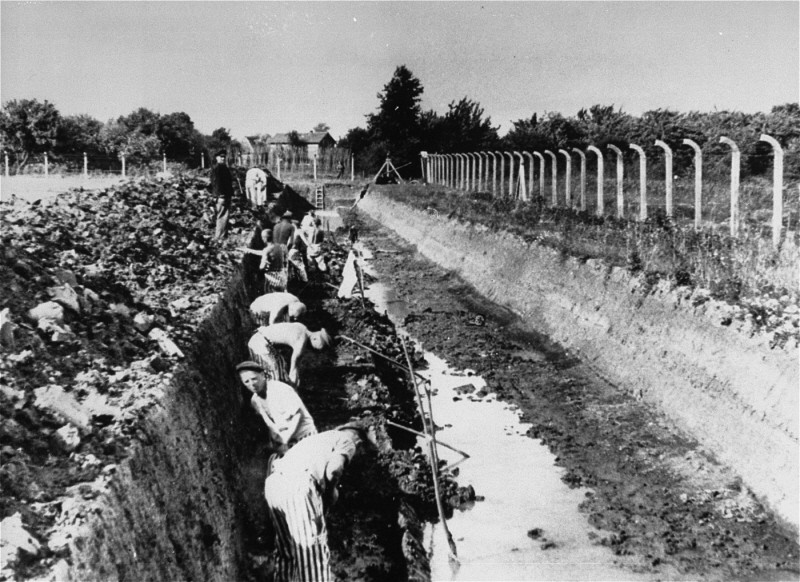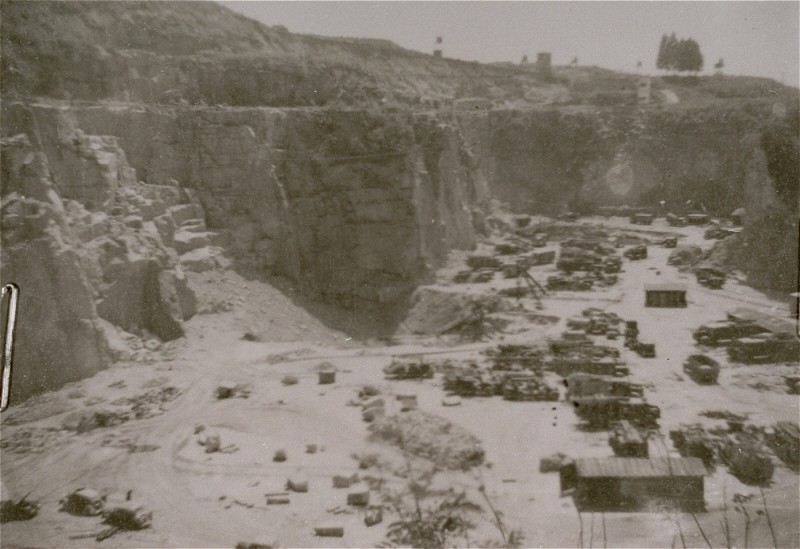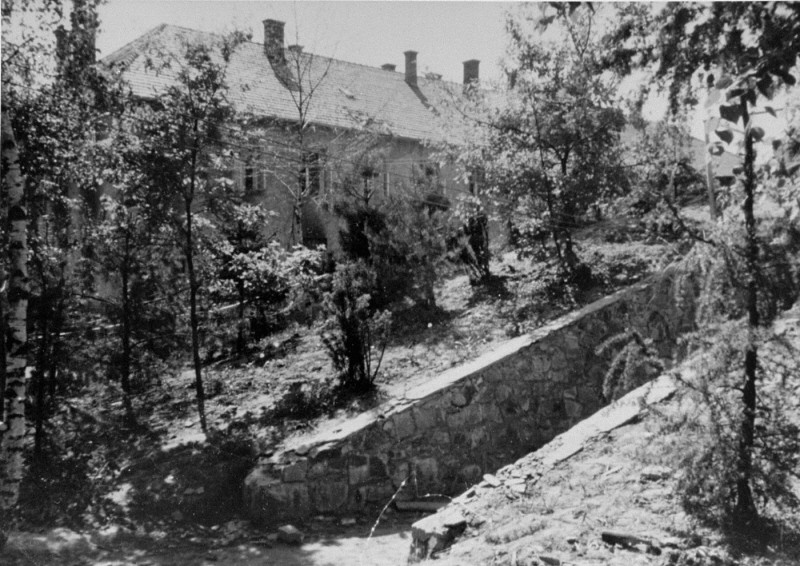
Concentration Camps, 1939–42
Expansion of the Camp System
The years 1939–1942 saw a marked expansion in the concentration camp system. In 1938, SS authorities had begun to exploit the labor of concentration camp prisoners for economic profit. In September 1939, the war provided a convenient excuse to ban releases from the camps, thus providing the SS with a readily available labor force.

SS authorities established new camps in the vicinity of factories (for example, the brickworks at Neuengamme, 1940) or sites for the extraction of raw materials (such as the stone quarry at Mauthausen, 1938). The goods extracted or produced by prisoner labor were sold to the German Reich through SS-owned firms such as the German Earth and Stone Works.
Establishment of New Camps
As Germany conquered much of Europe in the years 1939–1941, the SS established a number of new concentration camps to incarcerate increased numbers of political prisoners, resistance groups, and groups deemed racially inferior, such as Jews and Roma (Gypsies). Among these new camps were:
- Gusen (1939)
- Neuengamme (1940)
- Gross-Rosen (1940)
- Auschwitz (1940)
- Natzweiler (1940)
- Stutthof (1942; Stutthof had been a Gestapo Labor Education camp from 1939 to 1942.)
- Majdanek (February 1943)
Targeted Groups
After the beginning of the war, the concentration camps also became sites for the mass murder of small targeted groups deemed dangerous for political or racial reasons by the Nazi authorities.
For example, several hundred Dutch Jews were rounded up in retaliation for a Dutch transit strike in protest of Nazi persecution of Jews in the Netherlands in the winter of 1941. They were sent to Mauthausen in February 1941 where within a few days, the SS staff had killed all of them. Thousands of "security suspects" released from German prisons in the autumn of 1942 were sent to concentration camps and literally worked to death under a program called "Annihilation through Work" (Vernichtung durch Arbeit). Finally, captured members of national resistance movements were sent to concentration camps to be murdered upon arrival.
During this period, the German authorities constructed gas chambers for use to kill people at several of the concentration camps. Gas chambers were constructed at Mauthausen, Sachsenhausen, Auschwitz I, and other camps. A gas chamber was constructed later at Dachau, but it was never used.

Critical Thinking Questions
- How and why did the function of the concentration camp system change in the middle of World War II?
- How do these camps differ from relocation or transit camps in other national histories? How are they similar to camps in other national histories?
- Where were the camps located? To what degree was the German population aware of the camps, their purpose, and the conditions within?
- Did the outside world have any knowledge about these camps? If so, what actions were taken by other countries and their officials? What choices do other countries have in the face of mistreatment of civilians?

